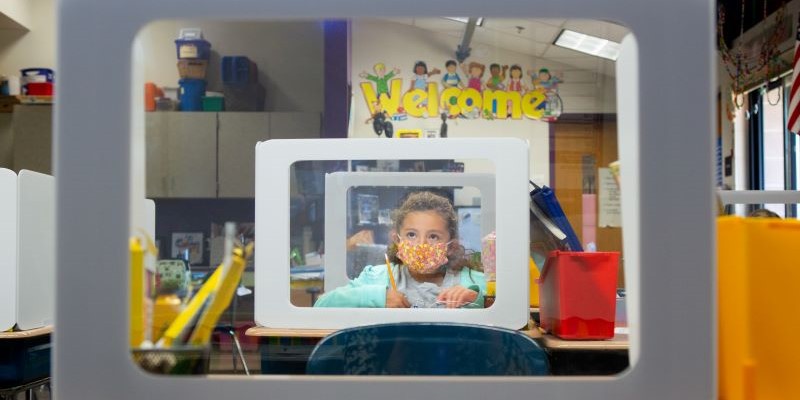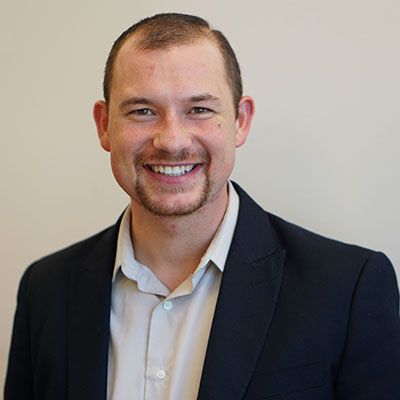It’s common at this time of year to read predictions about what lies ahead in the year to come. I’ll admit that in the past, I haven’t been too keen on making these kinds of predictions because the future often looked like it wouldn’t be much different from the past. But then COVID happened, and the world, as well as K–12 education, haven’t been the same since.
Given what’s happened over the last two years, I doubt this year is going to play out as business as usual. But also given what’s happened in the last couple of years, I’m suspect of anyone who claims to offer bold certainty about what lies ahead.
On that note, I’m not going to offer predictions for 2022. But I do want to call out forces at work that I believe will shape the year ahead, and then offer my sense for the possibilities that could play out based on how particular schools handle these forces.
The forces currently shaping education
These are hard times for schools and educators. Although most schools are now working to prioritize in-person instruction (even in the wake of omicron) after nearly a year of on-and-off remote and hybrid learning, our recent survey research shows that things aren’t back to normal.
Students have come back with gaps in their learning from a year of hit-and-miss remote instruction; they’re missing school periodically due to quarantines; and they’re bringing social and emotional challenges with them that, even in the best of circumstances, make it hard to focus on school and, in the worst cases, are contributing to increased incidents of school violence. On top of that, many schools are short-staffed, leaving added burdens to fall to the shoulders of the staff who remain. Additionally, a notable proportion of students haven’t come back, a trend which, if it persists, looms as a major toll on school budgets once the cushion of federal aid runs out.
How will things shake out for schools in 2022?
Unfortunately, as omicron surges and as the schooling wreckage of last year lingers, things are likely to remain hard before they get better.
In the near term, the best answers to ensure students access quality instruction and support may be in what many schools are already doing: using federal aid to offer high-dosage tutoring and SEL supports, and then hoping that the pandemic challenges will subside sooner rather than later. Going one step beyond tutoring, schools could also opt for bolder, innovative instructional models that have the potential to really put a dent in learning gaps while also giving students the flexibility and support they need. For instance, some could shift to mastery-based learning and individualized pacing so as to give every student a custom-tailored path to academic success. Or adopt flexible learning pathways that keep students engaged whether at school or at home and allow them to pick up wherever they last left off if life momentarily gets in the way of learning. Additionally, instructional models that provide more time for fostering supportive relationships, but not at the expense of learning, could gain traction.
Programs like these are already up and running in schools like Map Academy, Village High School, Innovations Early College High School, and Southern Nevada Urban Micro Academy. The problem is, replicating what they do and transplanting it in schools across the country is no easy matter. There’s no simple formula for change management that reliably and successfully overhauls the grammar of conventional schools. In short, there are no silver bullets.
But, depending on how educators frame and then shape their present circumstances, there can be an interesting silver lining.
Threat vs. opportunity framing
Research by former BYU-Idaho president, Clark Gilbert, shows that how people and organizations frame their circumstances—as threats or as opportunities—has a huge impact on how they respond.
When people see their circumstances as threatening, they respond vigorously to stave off the threat. Unfortunately, a phenomenon called “threat rigidity” also sets in. They cease being flexible, double down on well-established routines, and rely on hierarchical command-and-control decision-making.
Asking existing schools to innovate on top of their present challenges is almost sure to fail because no one has the time or energy to innovate on top of what they’re already doing, and no one has the patience to fail forward when the stakes seem so high. Right now, when things are on fire, adding to schools’ plates the idea that they should be innovating and experimenting just isn’t going to work.
Nonetheless, now is the time for school districts to start creating programs that will become the schools of the future that students (and the future economy) need.
Gilbert’s research suggests that districts should use their federal funds to incubate new startup versions of school—such as micro-schools or virtual schools offered at in-person learning hubs—that can reframe threats as opportunities. These would be small programs that families and educators opt into, not district-wide initiatives. They wouldn’t purport to offer everything that conventional schools offer, but they would provide a flexible alternative version of schooling for those for whom conventional schooling just isn’t working. The key to success will be the ability to frame education’s present challenges as opportunities and thereby respond with creativity and out-of-the-box thinking.
I don’t expect that district micro-schools will be a major trend in 2022. In most places, fighting the current fires in conventional schools will suck up most of the oxygen in the room. Nonetheless, my hope for 2022 is that among the roughly 13,000 school systems in our country, there will be a substantial subset that launch new versions of schooling that five to ten years from now will prove that they offer exactly what many students need.
Photo by Allison Shelley for EDUimages.


